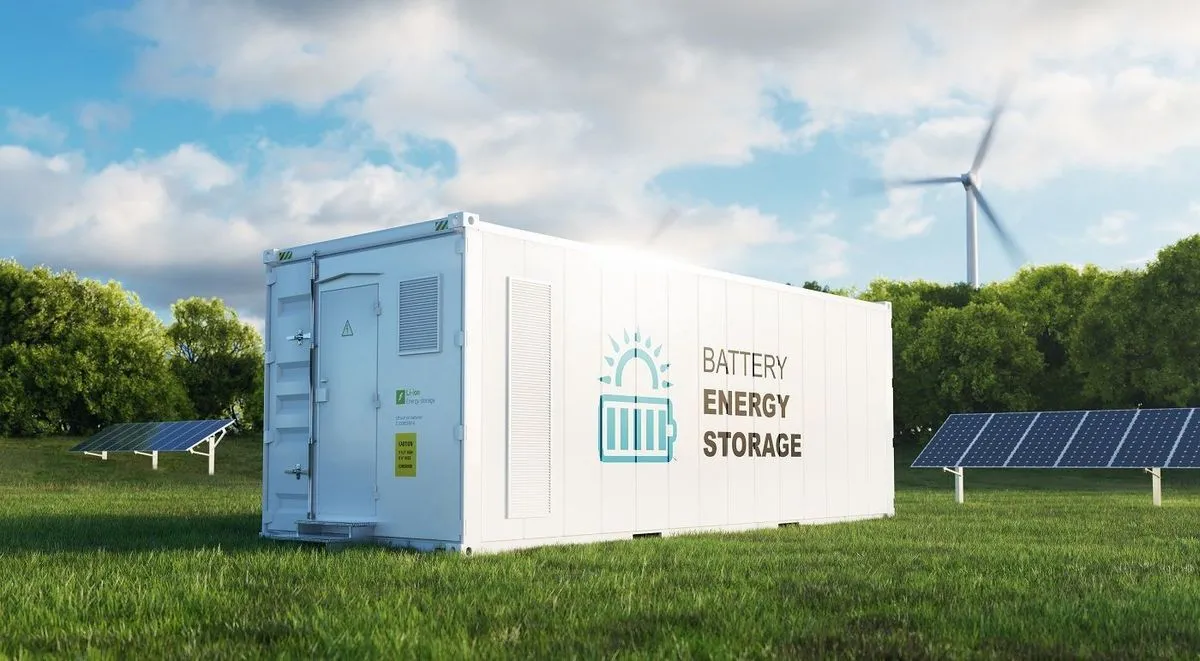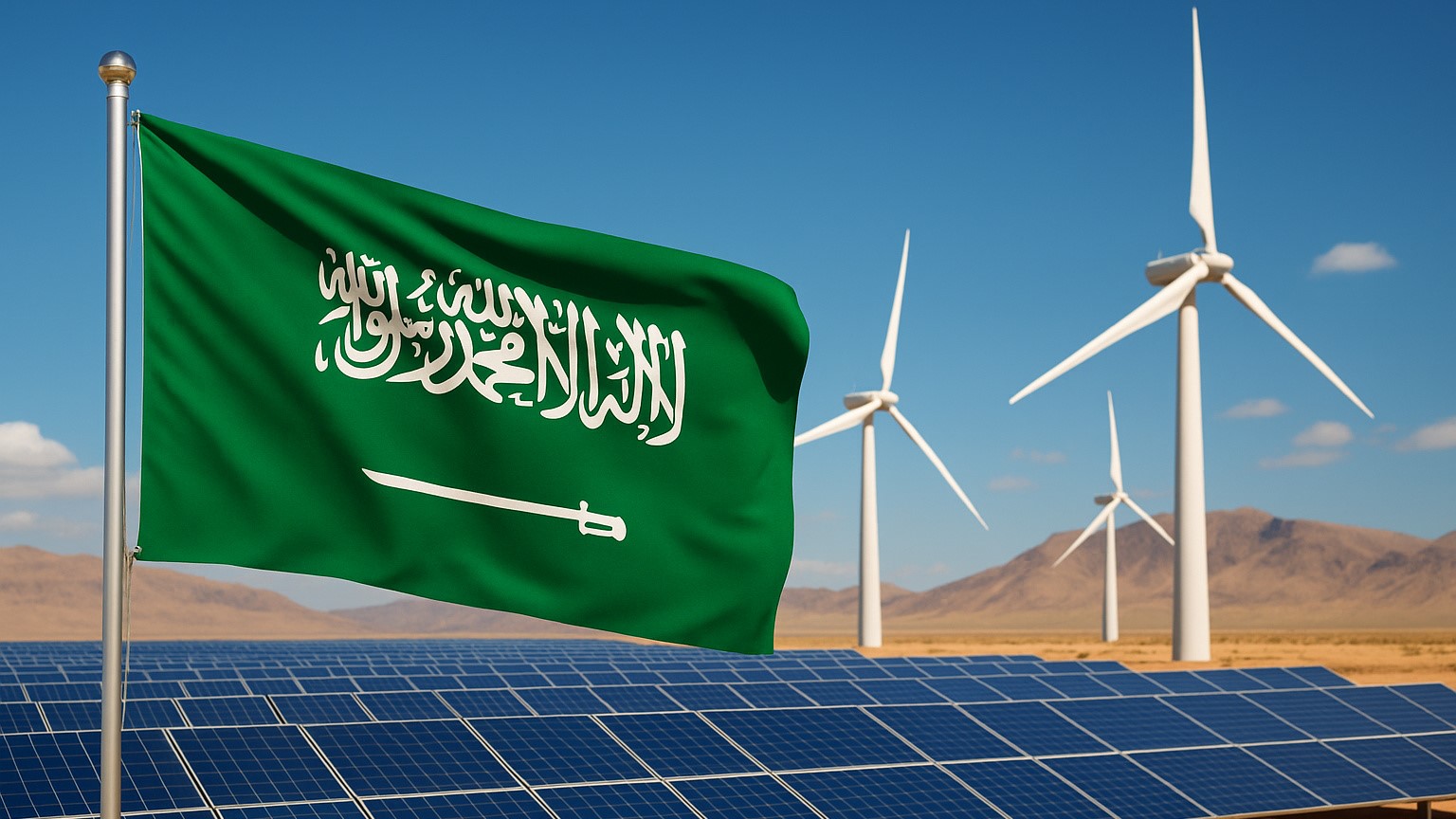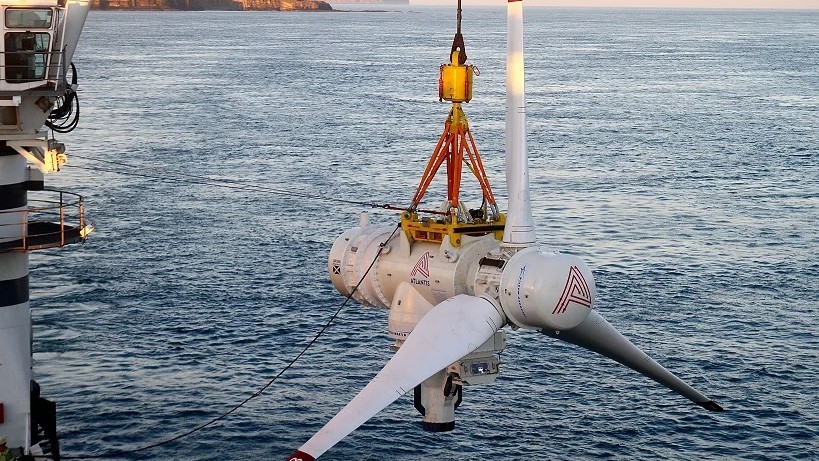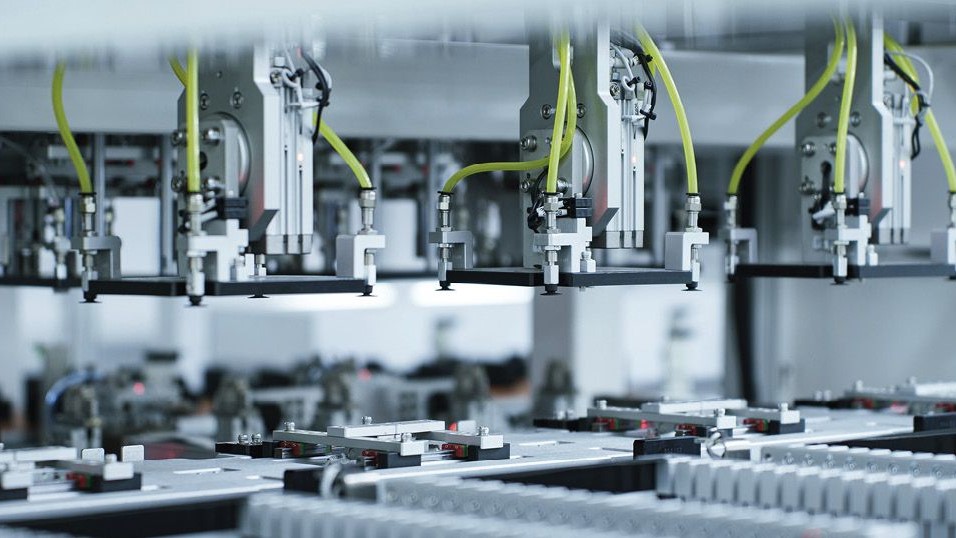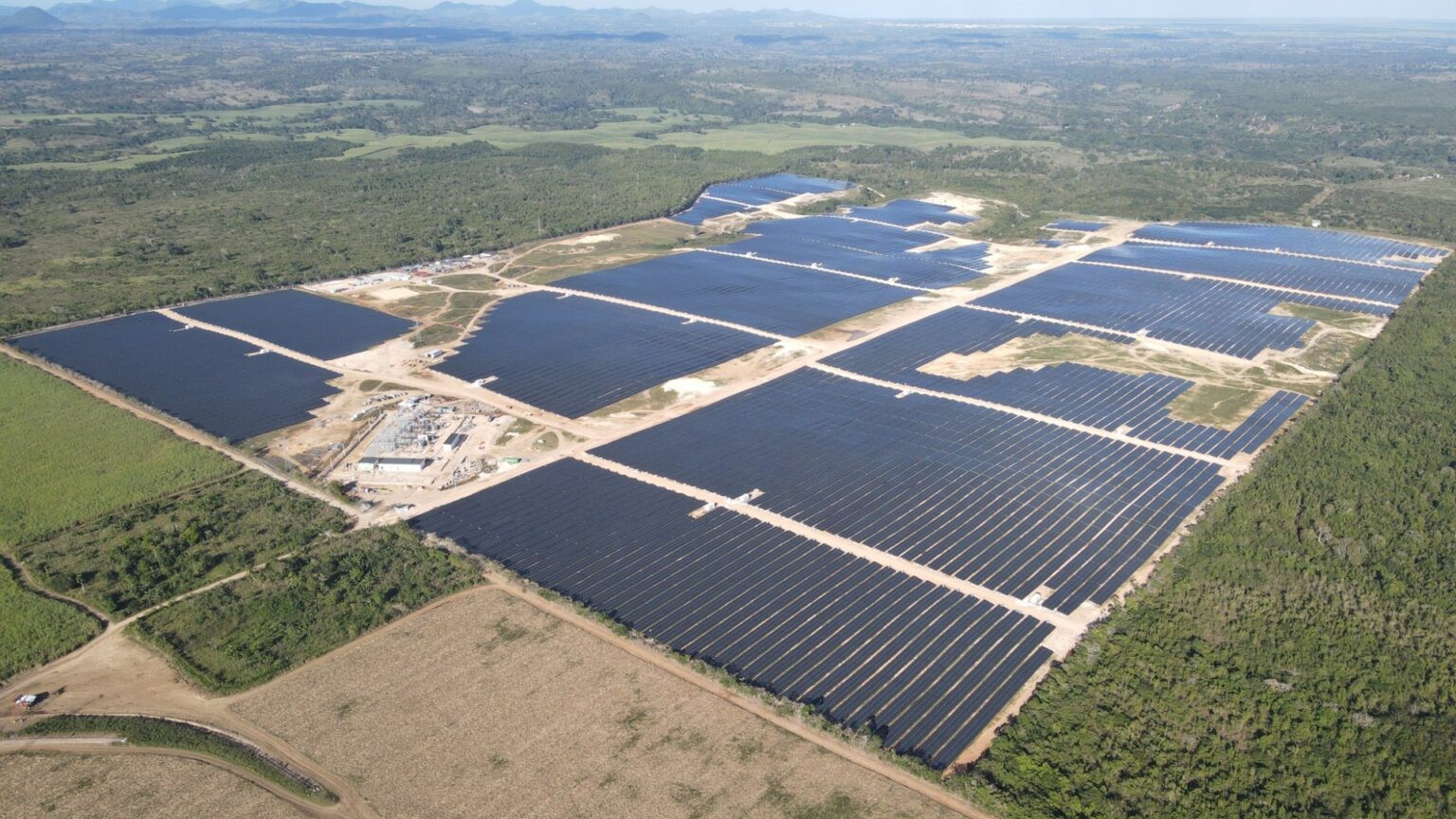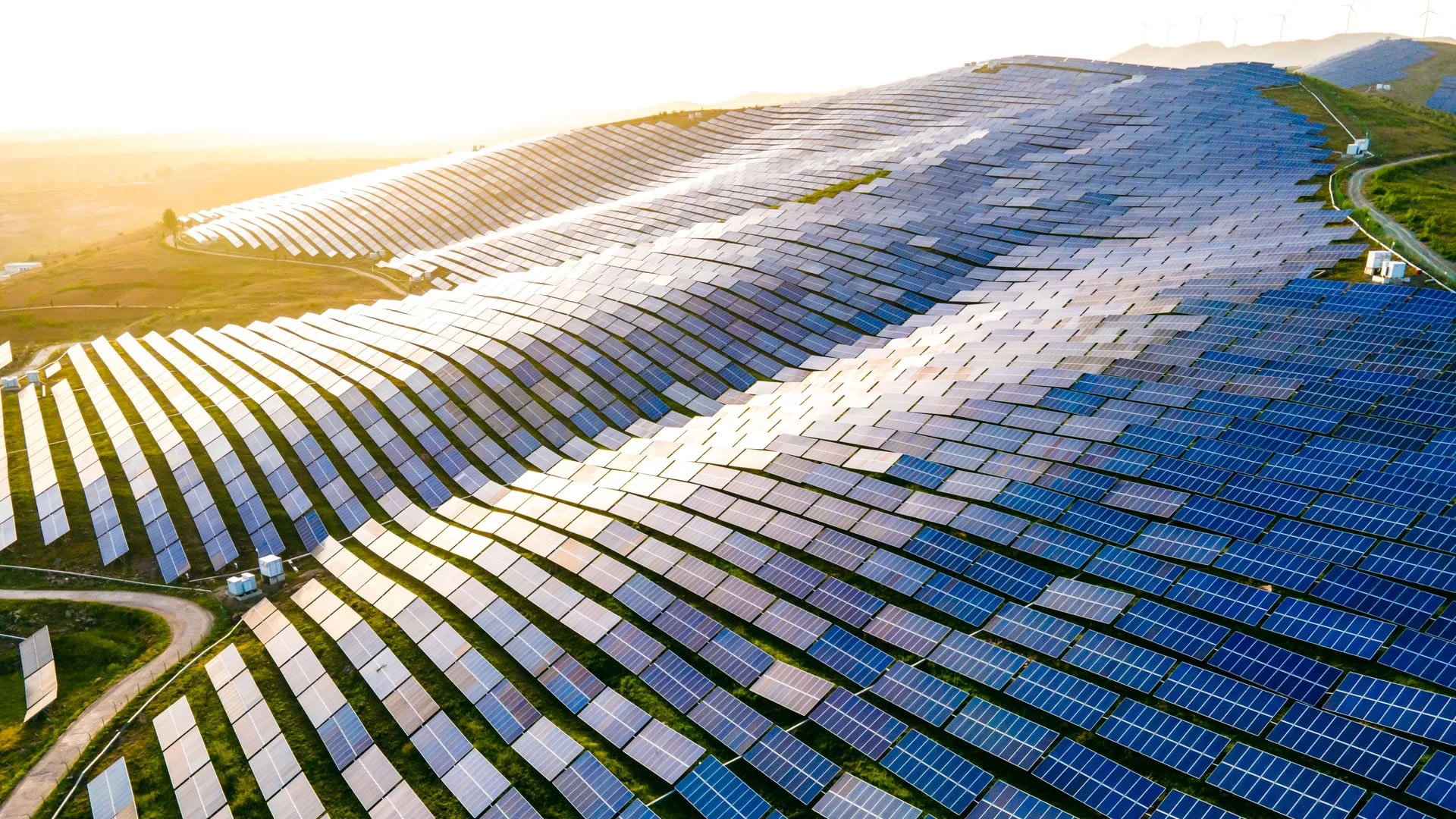Major plans are underway in the Saxony-Anhalt, Germany, with preparations for the ambitious “Weida-Land Energy Network” moving forward at full pace.
According to Greenmake, a developer involved in the project, the combination of an AI data center, large-scale battery storage, and local solar farms will create a self-contained regional energy ecosystem. “Electricity is used where it is generated,” the company states, explaining that the project “strengthens supply security, creates jobs, secures tax revenues, and makes the region more energy independent.”
So what are the specifics? Michael Krieger, a communications lead for the project, explained that “the Weida-Land solar cluster includes several solar parks across different local communities.” The goal is to install approximately 500 MW of photovoltaic capacity in phases by 2028, coinciding with the commissioning of a new electrical substation.
At the heart of the project is a major battery energy storage system (BESS) in the town of Schraplau, designed for staged expansion. The first phase, slated for completion by 2028, will feature a 500 MW / 1750 MWh lithium iron phosphate (LFP) system. According to the plans, this BESS will connect directly to the grid at the new Schraplau-Obhausen substation. A final expansion by 2035 aims to boost its capacity to an immense 800 MW / 2800 MWh or 2.8 GWh.
“The system will provide essential grid services, contributing to the stabilization and flexibility of the regional energy supply,” says Krieger. He notes that the battery will be grid-forming, capable of providing synthetic inertia and voltage support. Crucially, its black-start capability will allow it to energize the grid independently after an outage, significantly boosting regional energy resilience.
The project also includes the construction of an AI campus and data center. This component will be built in modular phases over eight to ten years. “The first units are expected to be operational by the late 2020s,” says Krieger.
The total investment for the solar and battery components is expected to be in the billions of euros, meaning a multi-billion dollar range.
“The final figure will depend on the detailed design of each project,” Krieger adds. The initiative is projected to create several hundred local jobs. The developers emphasize a commitment to community engagement from the outset. According to Greenmake, the project is being developed “in dialogue with local citizens.” The first public information session for residents to learn more and ask questions is scheduled for this September.


